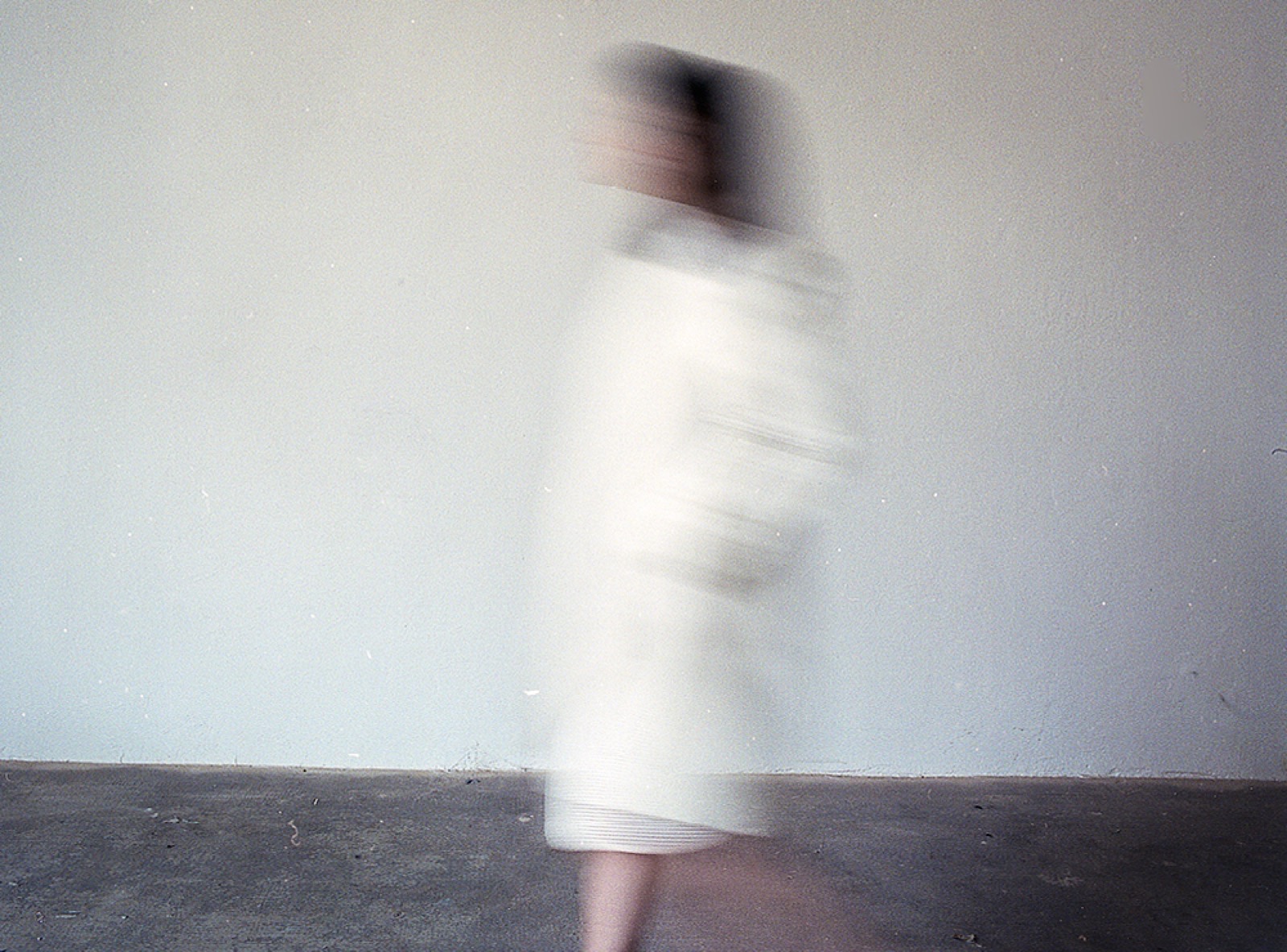III. Do you consider Obscur related to this concept whatsoever?
As I see it, the true meaning of avant-garde does not always consist in a groundbreaking idea, let’s say. It is also about the process of how that idea is conceived, realized, expressed, it is about the discipline of controlling your work and yourself. The intentions I have for my brand makes it very difficult for it to be widely understood and accepted. I would avoid positioning Obscur inside or outside this rank, I like thinking that it’s a realm where I am completely honest with myself and where I am living my work to the fullest.
IV. On the other hand, could the avant-garde, niche fashion that makes it into the mainstream, be seen as a story of decline instead? Let’s consider Rick Owens for example.
Considered from the baudelarian perspective mentioned above, we could say that Rick Owens did create a new stereotype. He was at the right moment, in the right spot and also had the right ideas. If creating something new can be a difficult task, creating a new stereotype can be virtually impossible if you are not aligned and fully anchored to the current status quo.
V. Avant-garde could represent the absolute moment of fashion, le beau inédit, whose manifestation is that of intense experimentation but its progressive character, of preventing stagnation by pushing the boundaries, marks a fine line between bringing fundamental change for better or bringing it just for the sake of it, or sometimes even for worse. We arrive then to a concept emptied of meaning – if it ever had a meaning – as it tends to point to a certain quality and value of “newness”. Why do you think this concept has such a great value in our contemporary culture?
Right now we are kind of living a stagnation of that stereotype created by Rick Owens and people are anxiously expecting something new to happen, and I feel there are not many brands that actually push themselves outside their own box of convenience. And those who try to do it most often face serious issues because the industry is in fact not willing and not yet ready to accept a change. And I am saying this because I have experienced the turmoil first hand.
VI. Never ending search for the supreme up-to-dateness of the constantly changing contemporary culture, trying to keep up with the dynamism of the industry, to survive its perpetual uncertainties, and the need to network, to establish ubiquitous connections while knowing that most of them are just transient and shallow relationships… All of us who have distaste for these conventions seek to escape them in one way or another. Do you feel that an avant-garde should be/is able to challenge these values?
Boundaries should always be pushed and change should always be present. I do think that our perception of what a healthy change should really be is altered by what the industry is telling us that it is. Truly genuine and soulful ideas rarely root from stress and repetitive cycles. Change creates change! So far I do not see the industry changing its course and therefore I doubt that the work of truly contemporary artists can be well be presented within its cage. I wonder if there is something out there able to reset the way we think, our vanity and the hyper-dynamic course that the world is following? A hydrogen bomb, maybe? Let’s hope not though.
VII. But can one maintain autonomy outside of these conventions?
It is quite difficult to survive this business if you do not play by its rules. Nevertheless, I do hope that good things will come to those who choose to walk on the periphery trying to become the masters of their own canons. And in the end, I don’t think anyone should question anyone else’s work or their methodology, unless they question it themselves.
 https://www.nastymagazine.com/wp-content/uploads/2018/01/Laurie-Lou-Jusque-dans-ma-chair.jpg
1005
1500
Editor Nasty
https://www.nastymagazine.com/wp-content/uploads/2015/02/new-logo-basker-WHITE4.png
Editor Nasty2018-01-11 10:05:202018-01-11 11:56:34Jusque dans ma chair
https://www.nastymagazine.com/wp-content/uploads/2018/01/Laurie-Lou-Jusque-dans-ma-chair.jpg
1005
1500
Editor Nasty
https://www.nastymagazine.com/wp-content/uploads/2015/02/new-logo-basker-WHITE4.png
Editor Nasty2018-01-11 10:05:202018-01-11 11:56:34Jusque dans ma chair





